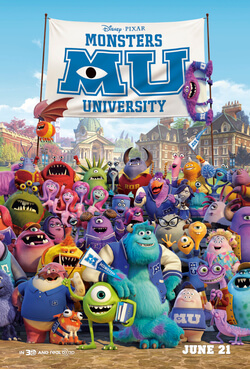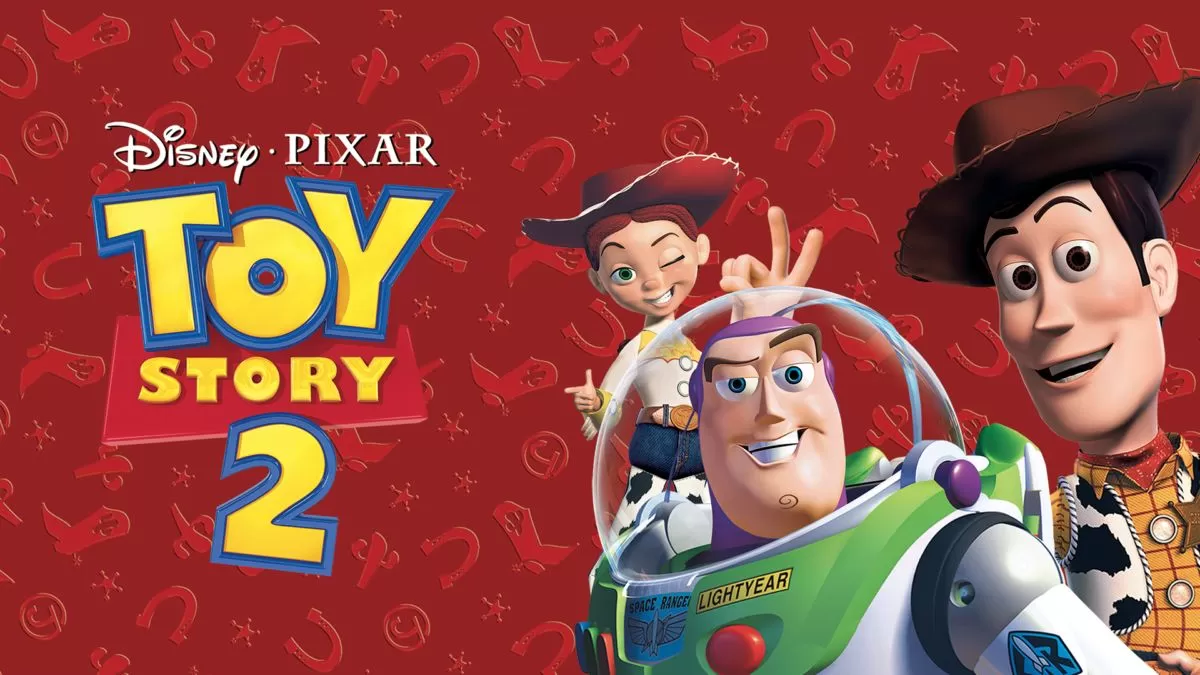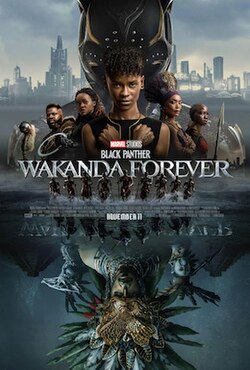"One Hundred and One Dalmatians" is a beloved animated film produced by Walt Disney, first released in 1961. Renowned for its charming characters, memorable music, and distinctive visual style, the film has secured a lasting place in the pantheon of classic animation. Centered around the adventurous efforts to rescue a large litter of Dalmatian puppies from the clutches of the villainous Cruella de Vil, the story combines humor, suspense, and heartwarming moments. Its innovative animation techniques and engaging storytelling have made it a timeless favorite among audiences of all ages. This article explores the various facets of this iconic film, from its creative origins to its cultural legacy, providing a comprehensive overview of what makes "One Hundred and One Dalmatians" a true animated classic.
Overview of the Classic Disney Animated Film "One Hundred and One Dalmatians"
"One Hundred and One Dalmatians" is a groundbreaking animated feature that showcases Disney’s talent for blending engaging storytelling with innovative visual artistry. The film tells the story of Pongo and Perdita, two Dalmatians who set out to rescue their stolen puppies from the evil Cruella de Vil. Set in London, the film captures the bustling city life and the idyllic countryside, creating a vibrant backdrop for the characters’ adventures. Known for its distinctive use of Xerox technology, the film’s visual style emphasizes bold black-and-white patterns, giving it a unique and recognizable aesthetic. Its runtime is approximately 79 minutes, making it a compact yet richly detailed narrative. The film’s success led to numerous adaptations, merchandise, and a lasting cultural impact that extends well beyond its initial release.
The Creative Team Behind the Making of the Film
The creation of "One Hundred and One Dalmatians" was spearheaded by Walt Disney himself, who envisioned a lively and visually striking film that would appeal to both children and adults. The film was directed by Clyde Geronimi, Hamilton Luske, and Wolfgang Reitherman, a team of experienced Disney directors known for their work on previous classics. The story was adapted from Dodie Smith’s 1956 novel "The Hundred and One Dalmatians," which provided the narrative foundation. The film’s screenplay was crafted by Bill Peet, whose witty writing helped shape the lively dialogue and humor. The animation team utilized pioneering Xerox technology, which transferred the character drawings directly onto cels, reducing costs and giving the film its distinctive look. Composer George Bruns scored the film, creating memorable music that complements the narrative’s tone and mood. Overall, the collaborative efforts of talented artists, animators, and storytellers culminated in a film that remains a milestone in animation history.
Plot Summary and Key Themes Explored in the Movie
The story begins with Pongo and Perdita, two dogs living in London who feel a desire for companionship and adventure. They meet and decide to find mates, leading to the birth of a large litter of Dalmatian puppies. When Cruella de Vil, a wealthy and fashion-obsessed woman, learns about the puppies, she devises a sinister plan to capture them and turn their fur into a fur coat. Cruella’s henchmen, Jasper and Horace, steal the puppies, but Pongo and Perdita, along with a group of stray dogs, embark on a daring rescue mission. The narrative unfolds through a series of suspenseful and humorous episodes, culminating in the puppies’ safe return.
The film explores themes of love, loyalty, and the importance of family. It emphasizes the bond between pets and their owners, showcasing the loyalty and intelligence of dogs. Themes of good versus evil are evident in Cruella’s villainy, contrasting sharply with the kindness of Pongo and Perdita. The story also highlights themes of bravery and perseverance, illustrating how courage can triumph over adversity. Overall, "One Hundred and One Dalmatians" celebrates the enduring human-animal connection, wrapped in a lively and engaging adventure.
Character Descriptions: Pongo, Perdita, and the Dalmatian Pups
Pongo is the proud and caring male Dalmatian who serves as the film’s central canine protagonist. Intelligent and resourceful, Pongo is depicted as a devoted family dog with a strong sense of justice. His personality combines warmth, wit, and determination, making him a natural leader among the dogs. Perdita, his mate, is gentle, nurturing, and wise, embodying maternal instincts and calm resilience. Together, Pongo and Perdita exemplify love and devotion, guiding their litter of puppies through perilous circumstances.
The Dalmatian pups are a lively and adorable assortment of characters, each with distinct personalities. Some are mischievous and playful, while others are brave and curious. The puppies’ innocence and charm evoke a sense of warmth and humor that endears them to audiences. Their interactions with their parents highlight themes of family bonds and protection. The pups’ individual traits add depth to the story, making each one memorable and contributing to the overall narrative’s richness.
Supporting canine characters include the friendly and resourceful dogs of London, such as the Colonel and his dog friends, who assist in the rescue. These characters add humor and camaraderie to the film, emphasizing themes of friendship and teamwork. The diverse personalities of the animals help create a vibrant and engaging ensemble cast that brings the story to life with warmth and humor.
The Role of Cruella de Vil as the Film’s Antagonist
Cruella de Vil is one of Disney’s most iconic villains, characterized by her flamboyant style, sinister personality, and obsession with fashion. Voiced by Betty Lou Gerson, Cruella is depicted as a wealthy, eccentric woman with a passion for fur coats, which fuels her villainous scheme. Her distinctive appearance, with her half-black, half-white hair and striking fashion sense, makes her instantly recognizable. Cruella’s obsession with obtaining the Dalmatian fur reveals her cruelty and vanity, positioning her as the perfect foil to the caring and noble dogs.
Her character embodies greed, vanity, and moral depravity, making her a memorable and formidable adversary. Cruella’s relentless pursuit of the puppies drives the film’s suspenseful plot, as her evil plans threaten the safety of the innocent animals. Her henchmen, Jasper and Horace, serve as comic relief, but also highlight her ruthlessness. Cruella’s character has become a cultural icon, symbolizing vanity and villainy, and she remains a defining element of the film’s enduring appeal.
Throughout the movie, Cruella’s cunning and determination showcase her as a classic villain who is both humorous and menacing. Her obsession with fashion at any cost underscores themes of superficiality and moral corruption, contrasting sharply with the genuine love and loyalty demonstrated by Pongo and Perdita. Her role as the antagonist elevates the story’s stakes and provides a compelling conflict that drives the narrative forward.
Animation Techniques and Visual Style of the Film
"One Hundred and One Dalmatians" is renowned for its innovative animation techniques, most notably the extensive use of Xerox technology. This process allowed the animators to transfer their drawings directly onto cels, significantly reducing costs and enabling a more stylized, sketch-like visual aesthetic. This technique contributed to the film’s distinctive black-and-white patterned look, emphasizing the Dalmatian spots and giving the characters a lively, textured appearance. The visual style was both modern and expressive, capturing the energetic personalities of the animals and the vibrant London setting.
The animation style also features bold outlines and minimal shading, creating a clean and dynamic visual presentation. The backgrounds are colorful and detailed, contrasting with the stark black-and-white characters, which helps them stand out. The use of the Xerox process also allowed for more fluid and spontaneous character movements, enhancing the sense of action and humor in the film. The visual design effectively combines realism with cartoonish exaggeration, making it appealing and accessible to a broad audience.
Overall, the film’s aesthetic was revolutionary for its time, influencing subsequent Disney productions and setting a new standard for animated films. The distinctive look has become iconic, instantly recognizable as a hallmark of early 1960s animation. Its combination of innovative technology and artistic style contributed to the film’s critical and commercial success, establishing a new visual language for Disney animation.
Reception and Impact of "One Hundred and One Dalmatians"
Upon its release, "One Hundred and One Dalmatians" received positive reviews from critics and audiences alike. Its innovative animation style, engaging story, and memorable characters contributed to its popularity. The film was praised for its lively pacing, humor, and visual innovation, which set it apart from earlier Disney classics. It performed well at the box office, solidifying Disney’s reputation for producing high-quality animated features during that era.
The film’s impact extended beyond its initial success, influencing the future of animation and Disney’s storytelling approach. Its distinctive visual style became a signature look for the studio and inspired subsequent productions to adopt more cost-effective yet expressive animation techniques. The character of Cruella de Vil became an enduring cultural icon, appearing in various merchandise, adaptations, and parodies. The film also helped popularize the idea of animated features centered around animal protagonists, paving the way for future hits.
Over the years, "One Hundred and One Dalmatians" has maintained its status as a beloved classic, regularly included in lists of top animated films. Its themes of loyalty, bravery, and family continue to resonate with audiences worldwide. The film’s influence can be seen in subsequent Disney works and in the broader animation industry, where its innovative techniques and storytelling remain benchmarks of excellence.
Music and Soundtrack Highlights from the Movie
The soundtrack of "One Hundred and One Dalmatians" features lively and memorable music that complements the film’s energetic tone. Composer George Bruns crafted a score that blends jazzy motifs with playful melodies, capturing the spirit of the story and its characters. The


